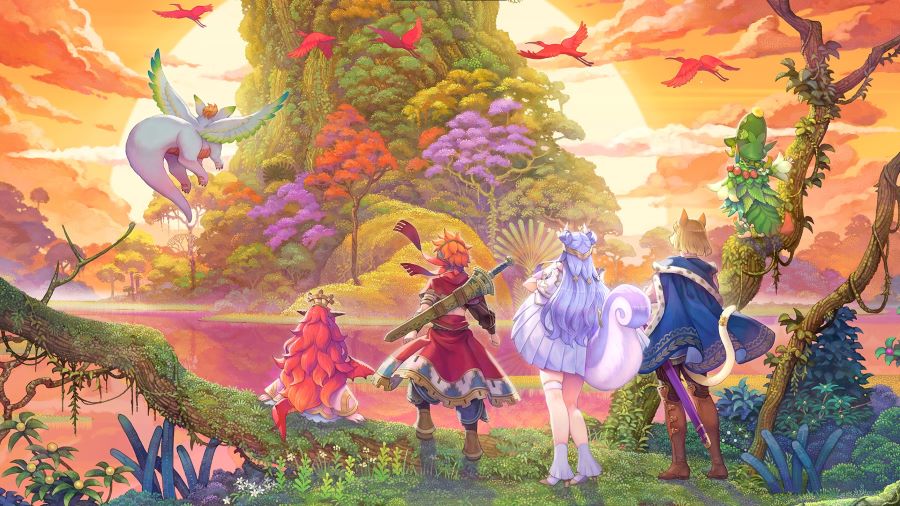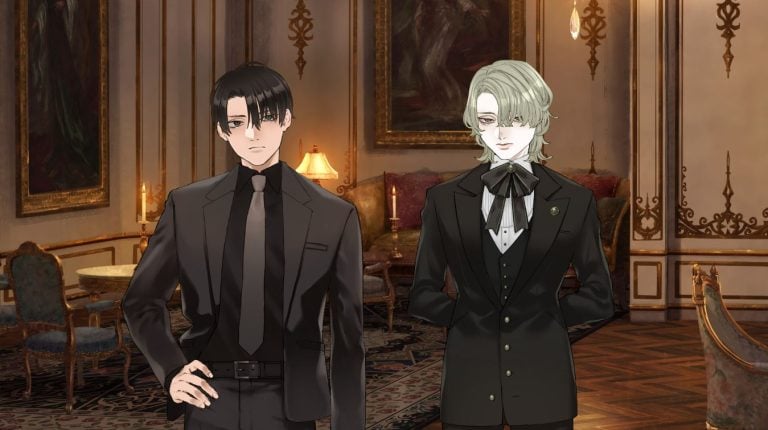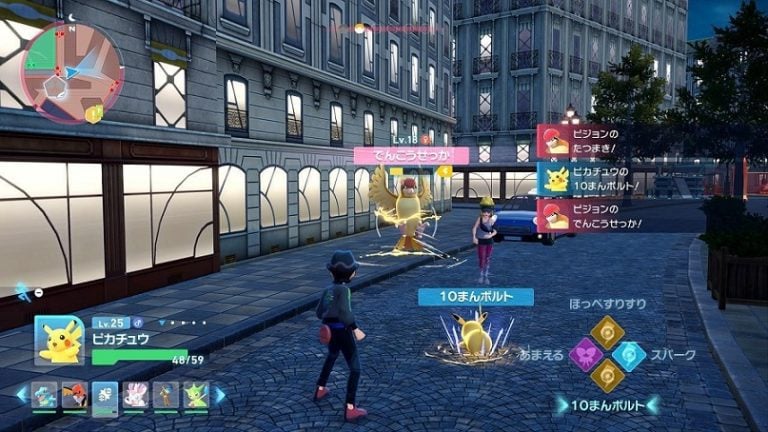As a 90s kid, I enjoyed the golden era of JRPGs on the SNES, especially Secret of Mana, an adventure-RPG about three friends traveling vibrant lands and combatting cute creatures with various weapons and spells, all to a beautiful soundtrack. The upcoming Visions of Mana caught my attention by claiming to “return (the series) to its roots,” so I played the demo to discover what’s old and what’s new.
The Nostalgic
The gameplay
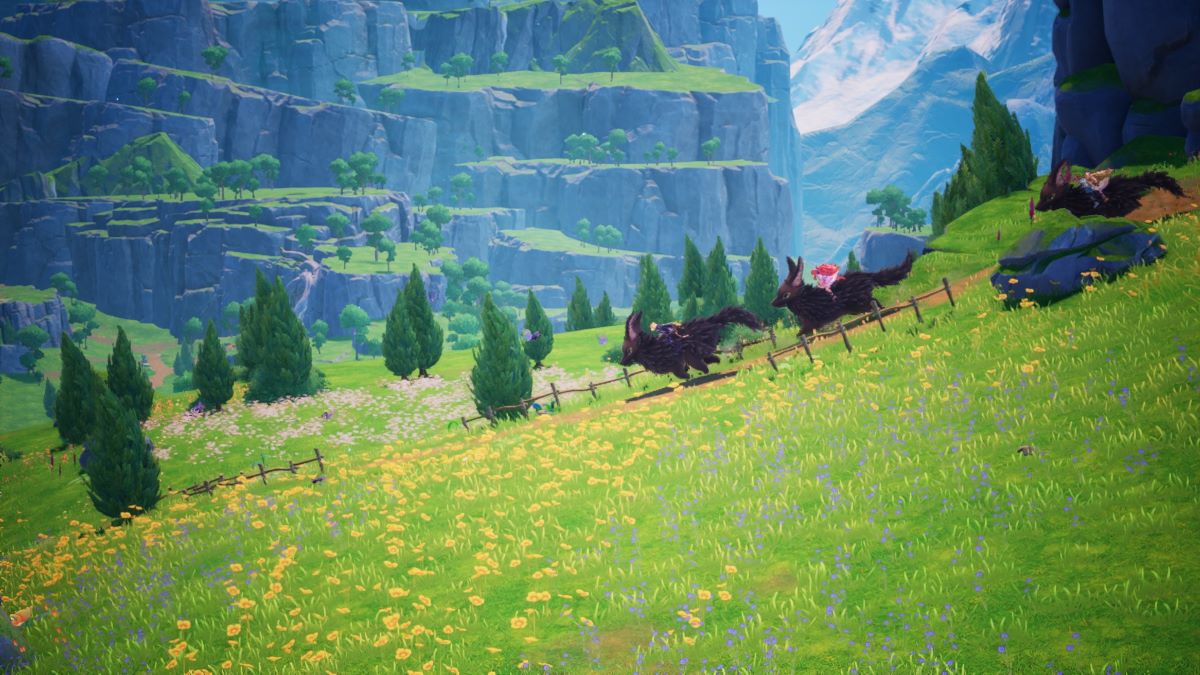
Visions of Mana has the same style of adventure-RPG gameplay as Secrets of Mana, combining exploration and real time combat for a (mostly) seamless experience coupled with roleplaying aspects like storytelling, character leveling, and customization. The demo starts somewhere midway through the game, with your party questing toward the Mana Tree. You control one character while the CPU handles the others, and together you’ll walk, run, jump, and ride beasts through linear zones as well as open areas. Though the demo is limited in scope, Visions seems to capture the spirit of adventure that was a major theme in Secret of Mana– of traveling to mysterious new lands as you progress through the heroes’ journey from humble beginnings to epic endings.
As for combat, Visions battles are real-time, the same as Secret of Mana. The series’ trademark command ring makes a return, pausing the action for magic or item selection. Though spells can lock onto combatants, melee attacks require manual accuracy, which might frustrate some players until they’ve explored the different classes and abilities and experimented with chaining weak, strong, and jump attacks (a different mechanic to the old-school charge meter). Take, for example, the protagonist Val, who primarily wields a gigantic two-handed sword: his sluggish but hard-hitting, wide-reaching melee combat contrasts with the short-range, quick dagger slashes of his ally, Morley, who fights more like an agile rogue. Even those styles can be changed by reassigning the Elemental Vessels that grant characters their skills and spells. This, along with the various weapons and elemental offensive and defensive magic, allow the player to switch up their playstyle. Despite a few differences in gameplay, the continuous cycle of exploration and combat echoes the core experience offered by classic Mana titles.
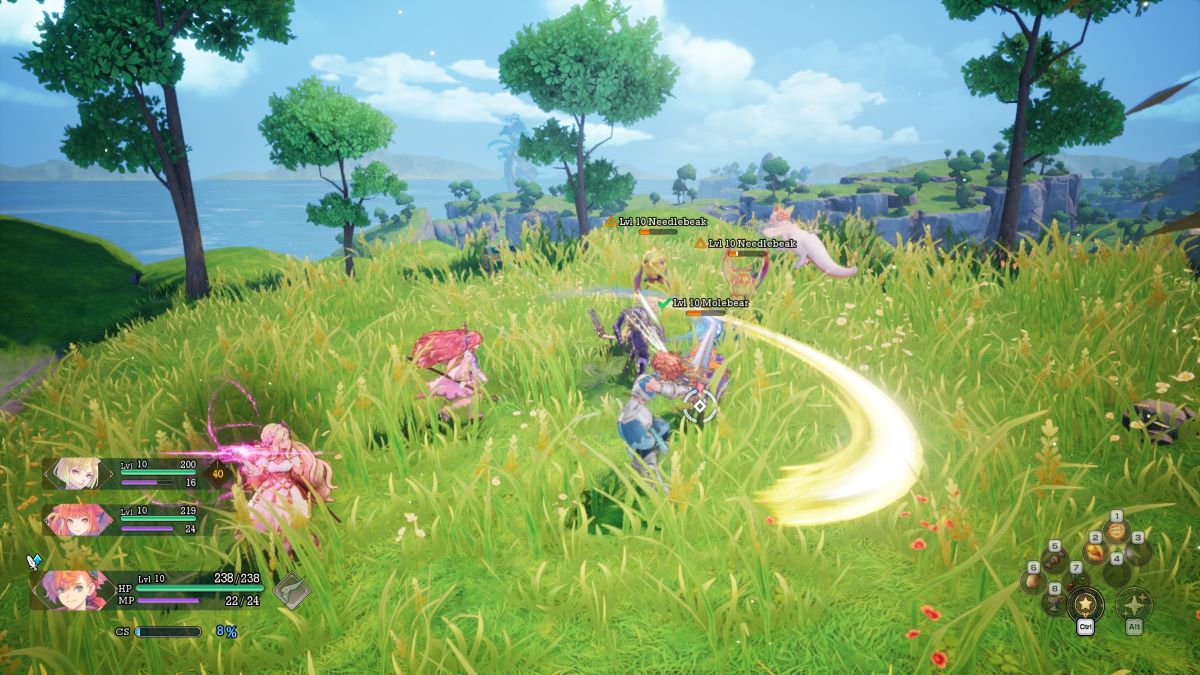
The art
The demo hit me with nostalgia: the loading screen (pictured at the top of this article) features a colorful cast of characters gazing into the distance toward the massive Mana Tree. The scene replicates the Secret of Mana loading screen and also pays homage to the series’ original artist, the late Hiroo Isono. Throughout Visions of Mana, the visuals retain the series’ trademark style- the bright and colorful environments, the character designs and their flashy costumes, and the distinctive Mana series creatures like Rabites and the Flammie companion, Ramcoh. Though the series has evolved from its pixel days, the Visions of Mana designers clearly strove to capture the look of the classic games and polish it for a new generation.
The music
I was pleased to learn that Hiroki Kikuta, Secret of Mana’s composer, returned to produce tracks for Visions of Mana, along with other talented artists from previous Mana games. The title song is instantly recognizable: it’s a peaceful and simple melody of piano keys and softly-played string instruments, reminiscent of Kikuta’s “Fear of the Heavens” from Secret of Mana’s opening. In contrast, the music while exploring the first demo zone, Rime Falls, is lively and playful. It reminds me of “Into the Thick of It” and other adventuring themes from the early Mana soundtracks. The open world music in Fallow Steppe is slow-building with piercing flutes and powerful horns eventually accompanied by rhythmic percussion, evoking the beginning of a long adventure in the untamed outdoors. Overall, Visions of Mana’s OST balances nostalgia with new compositions, enhancing different locations and battles in the game.
The New
3D
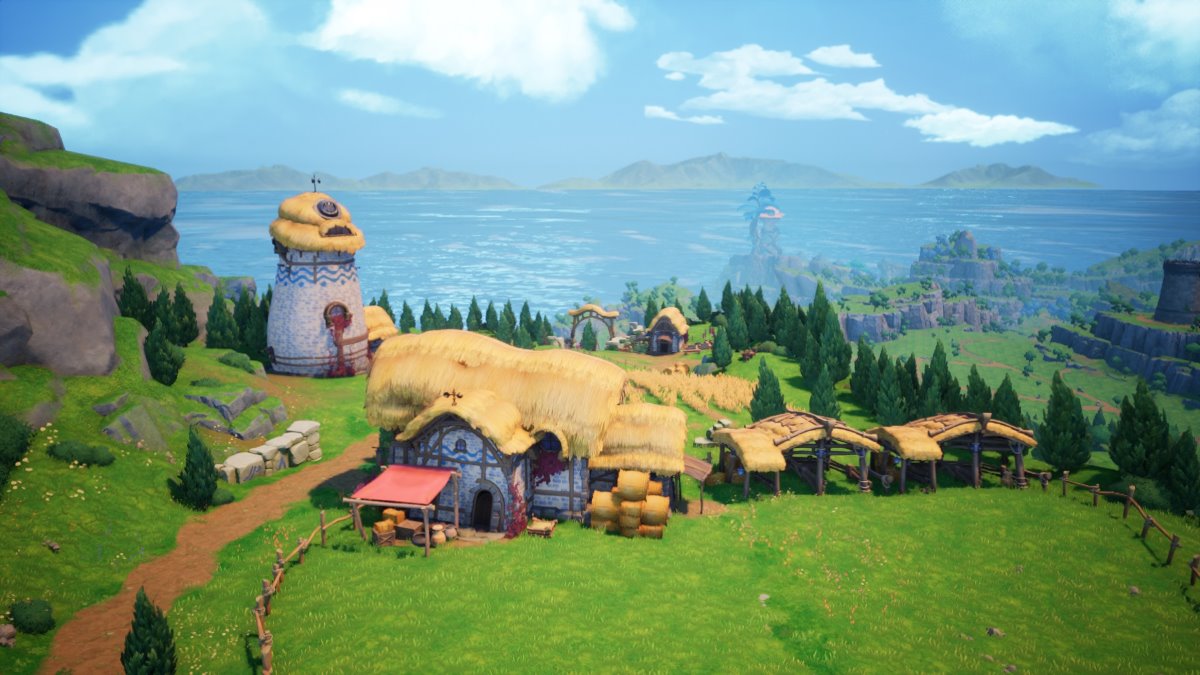
Despite being in 2D, the original SNES release of Secret of Mana strove to show how big everything was, from behemoth bosses filling half the screen to the colossal Mana Tree towering over mountains during the story’s climax. But the game was limited by the technology of its time: it had to rely on Mode-7 to represent the overworld map, effectively flattening the landscape; and the top down, low-resolution view boxed in the player’s perspective and limited their sense of depth.
In contrast, Visions of Mana’s 3D graphics take their cue from the 3D remakes of the Mana series. This allows it to show off its vast world even better, giving the player a sense of awe and wonder. Walking out into the Fallow Steppe for the first time unveils an expansive panorama, a vast valley with farmlands, rolling hills, far-off mountains and a distant ocean. I could only imagine how massive the Mana Tree must be, waiting for me somewhere beyond the horizon. Visions of Mana also successfully captures the idiosyncratic look of the old 2D Mana characters and creatures in 3D.
.
However, while 3D adds new depth to exploration and combat, some 3D elements in the demo are a bit gimmicky and disappointingly sloppy. The Rime Falls zone, for example, features a rushing river with dangerously cold waters, requiring the player to cast a time-slowing spell and hop across ice platforms as they float downstream. But the ice platforms don’t move smoothly with the water, instead zipping along a straight path at their own speed, jarringly clipping through outcroppings and low-hanging branches, only to completely disappear within eyesight. Hopefully the complete game will integrate these 3D elements more smoothly. Despite such discrepancies in the demo, the world crafted for Visions of Mana is gorgeous and scenic, and the move to 3D adds excitement and breadth to the journey.
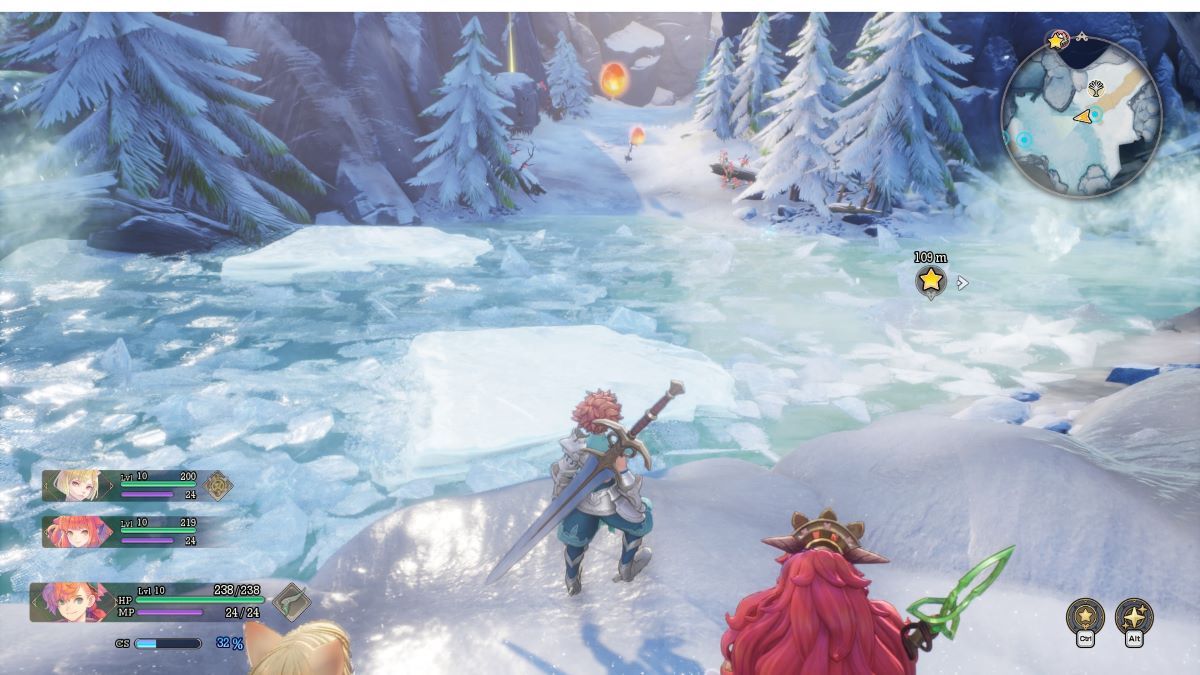
The voice acting
Being an RPG at its roots, Secret of Mana told its story entirely through text via dialogue boxes, effectively pausing gameplay. In contrast, much of Visions of Mana has fully-voiced dialogue, resulting in mostly uninterrupted gameplay while characters describe the world around them, chat with each other, and interact with NPCs. In this regard, Visions feels more immersive (though the demo does a lot of hand-holding via tutorial screens). Having said that, the English voice acting is, unfortunately, quite cringey, and a lot of the dialogue seems uninspired, flattening out characters that would benefit from being more complex and interesting. The Japanese is moderately better (you can change the audio and text languages in the game settings). Still, despite its uneven execution, the addition of voice acting better intertwines the narrative into the gameplay and frees up the player to focus on exploring and fighting.
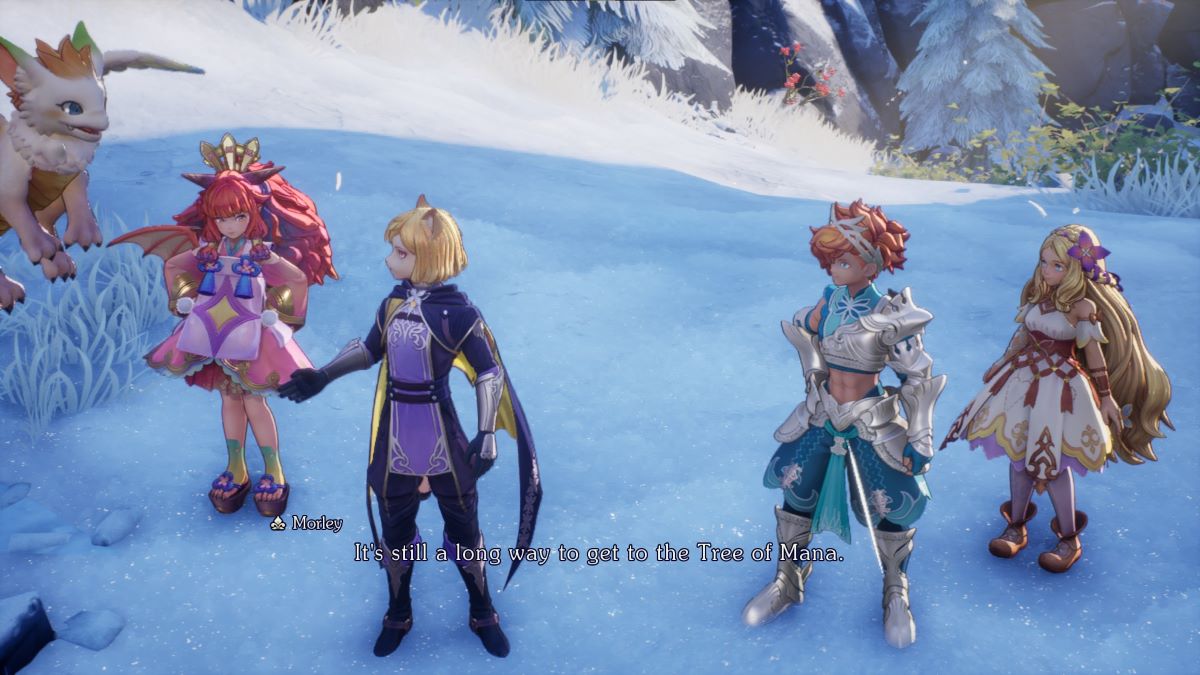
Conclusion
Based on my time with the demo, I appreciate how Visions of Mana tries to appeal to fans of the Mana series. The distinctive visual style, epic adventure through colorful lands, the fast-paced combat and the memorable music are all there. The series’ evolution from 2D to 3D, plus the inclusion of voice acting, both enhance the game in enjoyable ways while introducing unfortunate quirks. As a lifelong fan of Secret of Mana, I’m curious to see how the full version of Visions of Mana fares and how it is received by players in the coming weeks.
Visions of Mana is scheduled to be released on August 29 for PS4/PS5, Xbox Series S|X and PC (Steam).

